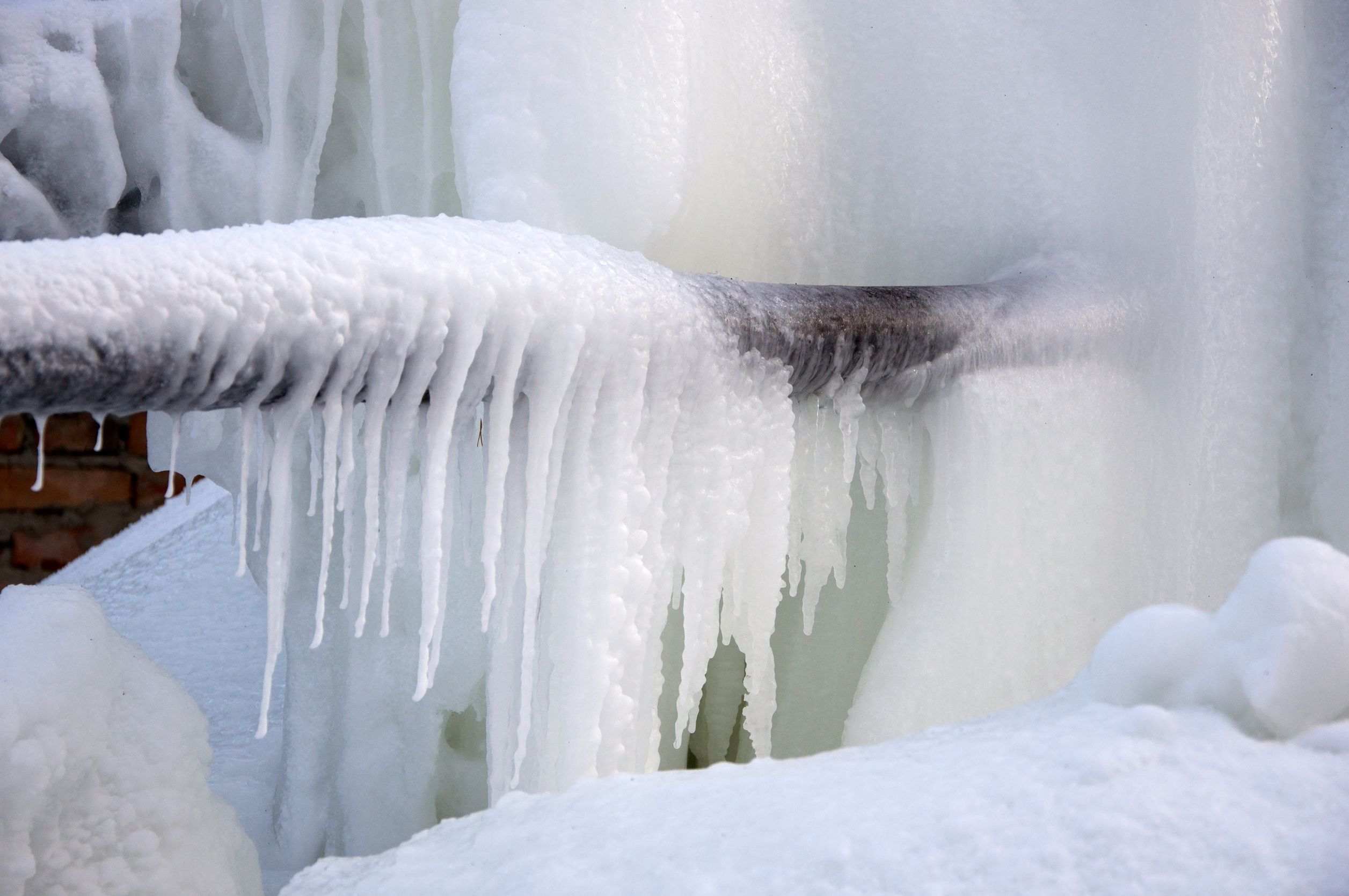Important Advice for Preventing Frozen Plumbing in Winter Seasons
Important Advice for Preventing Frozen Plumbing in Winter Seasons
Blog Article
They are making a number of great pointers on How to prepare your home plumbing for winter weather in general in the article followed below.

Cold weather can wreak havoc on your pipes, especially by freezing pipes. Right here's exactly how to prevent it from happening and what to do if it does.
Introduction
As temperature levels decline, the risk of icy pipes increases, possibly bring about pricey repairs and water damage. Comprehending just how to stop frozen pipelines is important for property owners in cool climates.
Avoidance Tips
Shielding prone pipes
Cover pipelines in insulation sleeves or use heat tape to shield them from freezing temperatures. Concentrate on pipelines in unheated or exterior locations of the home.
Heating strategies
Keep indoor spaces properly warmed, particularly locations with plumbing. Open up cupboard doors to enable warm air to flow around pipes under sinks.
How to determine frozen pipelines
Search for lowered water flow from taps, uncommon odors or noises from pipes, and noticeable frost on revealed pipelines.
Long-Term Solutions
Architectural adjustments
Think about rerouting pipes away from exterior walls or unheated areas. Add extra insulation to attics, basements, and crawl spaces.
Upgrading insulation
Invest in top quality insulation for pipes, attics, and wall surfaces. Correct insulation assists preserve consistent temperature levels and minimizes the risk of icy pipes.
Protecting Exterior Plumbing
Yard hose pipes and exterior faucets
Separate and drain yard hose pipes prior to winter season. Mount frost-proof spigots or cover outside taps with protected caps.
Recognizing Frozen Pipes
What triggers pipelines to freeze?
Pipes freeze when revealed to temperatures below 32 ° F (0 ° C) for prolonged durations. As water inside the pipelines ices up, it expands, taxing the pipeline walls and potentially triggering them to burst.
Dangers and problems
Icy pipelines can result in supply of water disruptions, residential or commercial property damages, and pricey fixings. Burst pipelines can flood homes and trigger extensive structural damages.
Signs of Frozen Piping
Determining icy pipelines early can prevent them from breaking.
What to Do If Your Pipes Freeze
Immediate actions to take
If you suspect icy pipelines, keep taps open to relieve stress as the ice thaws. Utilize a hairdryer or towels taken in warm water to thaw pipes slowly.
Conclusion
Preventing frozen pipelines requires positive measures and quick feedbacks. By understanding the reasons, indicators, and preventive measures, house owners can shield their pipes during cold weather.
5 Ways to Prevent Frozen Pipes
Drain Outdoor Faucets and Disconnect Hoses
First, close the shut-off valve that controls the flow of water in the pipe to your outdoor faucet. Then, head outside to disconnect and drain your hose and open the outdoor faucet to allow the water to completely drain out of the line. Turn off the faucet when done. Finally, head back to the shut-off valve and drain the remaining water inside the pipe into a bucket or container. Additionally, if you have a home irrigation system, you should consider hiring an expert to clear the system of water each year.
Insulate Pipes
One of the best and most cost-effective methods for preventing frozen water pipes is to wrap your pipes with insulation. This is especially important for areas in your home that aren’t exposed to heat, such as an attic. We suggest using foam sleeves, which can typically be found at your local hardware store.
Keep Heat Running at 65
Your pipes are located inside your walls, and the temperature there is much colder than the rest of the house. To prevent your pipes from freezing, The Insurance Information Institute suggests that you keep your home heated to at least 65 degrees, even when traveling. You may want to invest in smart devices that can keep an eye on the temperature in your home while you’re away.
Leave Water Dripping
Moving water — even a small trickle — can prevent ice from forming inside your pipes. When freezing temps are imminent, start a drip of water from all faucets that serve exposed pipes. Leaving a few faucets running will also help relieve pressure inside the pipes and help prevent a rupture if the water inside freezes.
Open Cupboard Doors
Warm your kitchen and bathroom pipes by opening cupboards and vanities. You should also leave your interior doors ajar to help warm air circulate evenly throughout your home.

We had been guided to that editorial about Helpful Tips to Prevent Frozen Pipes this Winter through a good friend on our other web page. Feel free to set aside a second to distribute this blog entry if you liked it. Thanks a bunch for your time. Return soon.
Contact Us Now Report this page